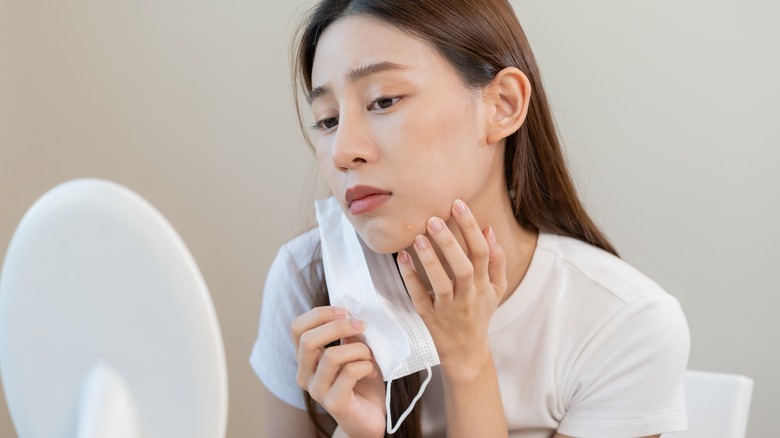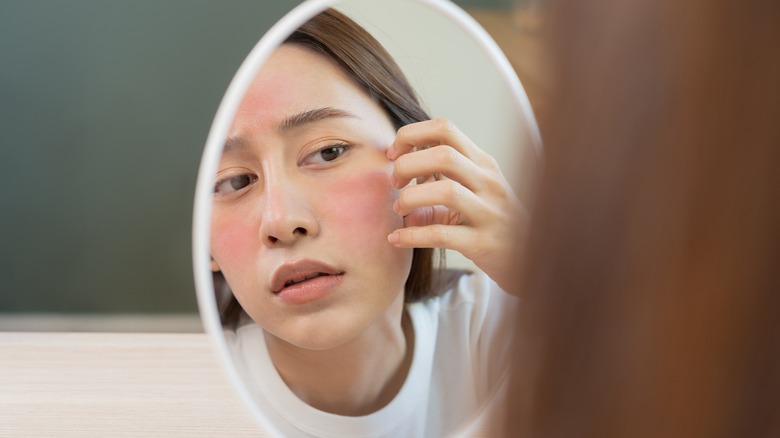How To Tell The Difference Between Comedonal Acne And Fungal Acne
Acne is a common skin condition that affects many people at some point in their lives. According to the American Academy of Dermatology Association, as many as 50 million people suffer from acne yearly in the United States. Several factors contribute to the development of acne, including genetics, hormonal changes, diet, stress, and certain environmental conditions. The condition is caused by the overaccumulation of oil and dead skin cells that clog the hair follicles and create pimples, blackheads, whiteheads, and cysts. It can be mild, moderate, or severe and affect the face, forehead, back, chest, and shoulders.
Various types of acne exist, including comedonal and fungal acne. It can be difficult to tell the difference between comedonal acne and fungal acne just by looking at it. To understand the type of acne you have and the cause, it's always best to visit a dermatologist for a proper diagnosis and the best treatment plan, as each person's skin is unique and may require a personalized approach. Early and effective treatment can help prevent acne from becoming more severe and reduce the risk of scarring.
What's the difference between comedonal acne and fungal acne?
Comedonal acne and fungal acne are two distinct skin conditions that can cause similar symptoms. However, they have different causes and require different treatments. According to Medical News Today, comedonal acne is a common type of acne that primarily consists of comedones, which are blackheads or whiteheads. Characterized by raised bumps that give the skin an unsmooth texture, this type of acne is caused by the overproduction of oil and dead skin cells, which clog the hair follicles. These bumps (called comedones) are commonly found on the forehead and chin and do not contain bacteria or pus.
Fungal acne, on the other hand, is caused by a type of yeast called Malassezia, which thrives in warm and humid environments, per the Cleveland Clinic. Fungal acne appears as small, red, itchy bumps, often grouped together in clusters. It is often misdiagnosed as traditional acne, but its distinguishing factor is that it tends to be itchier than normal acne.
How are comedonal acne and fungal acne treated?
Comedonal acne and fungal acne require different treatments as they are two distinct skin conditions. Comedonal acne is typically treated with topical medications, which may contain glycolic acid, salicylic acid, or benzoyl peroxide, per Medical News Today. Comedonal acne that does not go away with this avenue of treatment may require a trip to the dermatologist who may give you a prescription for retinoids. In addition to medication, a healthy skincare routine can also help treat comedonal acne. This may include gentle cleansing, moisturizing, and avoiding skin care products that contain oil.
On the other hand, fungal acne is treated with antifungal medications, such as oral fluconazole and itraconazole, or topical creams like ketoconazole or econazole, per the Cleveland Clinic. In addition to antifungal medication, a healthy lifestyle routine is also important for treating fungal acne. This may include wearing loose-fitting clean clothes, changing out of your sweaty clothes immediately after a workout, and using only clean hot tubs.



